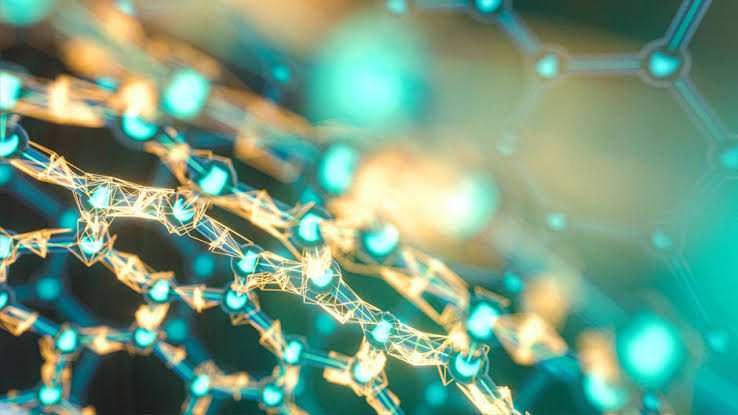
Two small inventions have changed the way we live and work over the last 70 years. The electronic transistor and microchip are the foundations of modern electronics, and they have shrunk in size since their invention in the 1940s. Today, a single chip can contain up to 5 billion transistors. If cars had followed the same development path, we would now be able to drive them at 300,000mph for only £3.
However, in order to maintain this progress, we must be able to create circuits on the extremely small, nanometre scale. Because a nanometre (nm) is one billionth of a metre, this type of engineering entails manipulating individual atoms. We can accomplish this by, for example, directing an electron beam at a material or vaporising it and depositing the resulting gaseous atoms layer by layer onto a base.
The real challenge is to use such techniques consistently to produce working nanoscale devices. Because the physical properties of matter, such as melting point, electrical conductivity, and chemical reactivity, change dramatically at the nanoscale, shrinking a device can have an impact on its performance. However, if we can master this technology, we will be able to improve not only electronics but also many other aspects of modern life.
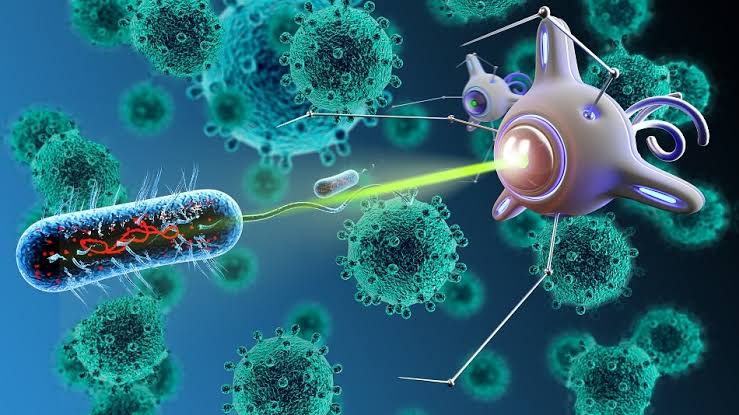
1. Doctors within your body
Wearable fitness technology allows us to monitor our health by strapping gadgets to our bodies. There are even prototype electronic tattoos that can detect our vital signs. However, by scaling down this technology, we could go even further by implanting or injecting tiny sensors inside our bodies. This would allow doctors to personalise their treatment by capturing much more detailed information with less inconvenience to the patient.
The possibilities are endless, ranging from monitoring inflammation and post-surgery recovery to more exotic applications in which electronic devices actually interfere with our body's signals to control organ function. Although these technologies may appear to be a thing of the distant future, multibillion-dollar healthcare companies such as GlaxoSmithKline are already working on ways to develop so-called "electroceuticals."
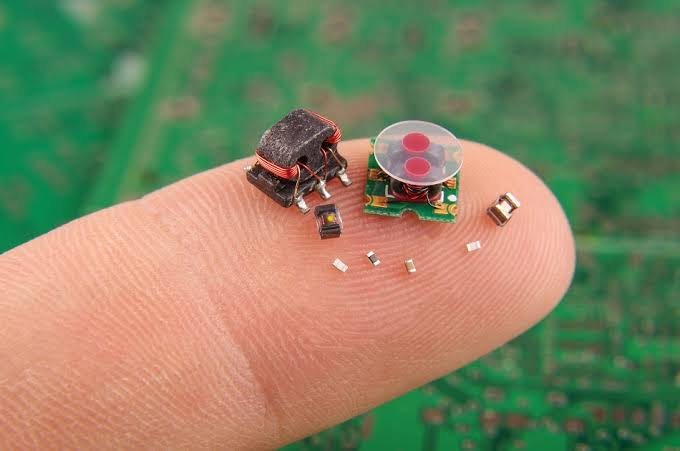
2. Sensors, sensors, sensors everywhere
These sensors rely on newly invented nanomaterials and manufacturing techniques to reduce their size, complexity, and energy consumption. Sensors with very fine features, for example, can now be printed in large quantities on flexible rolls of plastic at a low cost. This opens up the possibility of placing sensors at various points throughout critical infrastructure to ensure that everything is functioning properly. Bridges, planes, and even nuclear power plants may benefit.
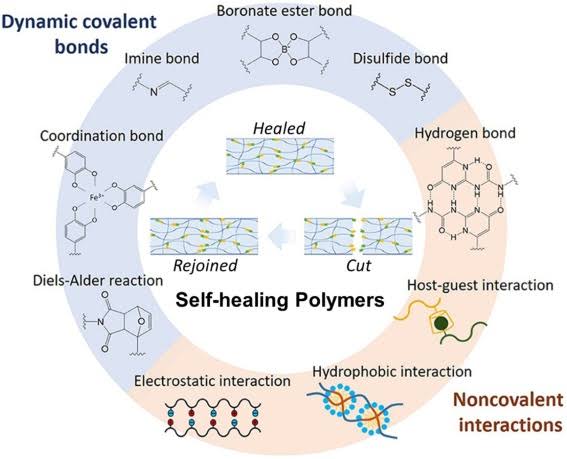
3. Structures that heal themselves
If cracks do appear, nanotechnology may play an additional role. Changing the structure of materials at the nanoscale can give them amazing properties, such as repelling water, for example. Nanotechnology coatings or additives may even have the potential to allow materials to "heal" when damaged or worn in the future. For example, dispersing nanoparticles throughout a material allows them to migrate and fill any cracks that form. This could lead to the development of self-healing materials for everything from aircraft cockpits to microelectronics, preventing small fractures from escalating into larger, more problematic cracks.
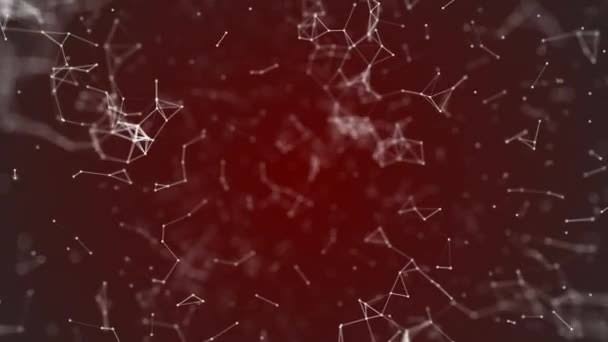
4. Making big data a reality
All of these sensors will generate more data than we've ever seen before, so we'll need technology to process it and identify patterns that will alert us to problems. The same is true if we want to use "big data" from traffic sensors to help manage congestion and prevent accidents, or if we want to use statistics to more effectively allocate police resources to prevent crime.
Nanotechnology is assisting in the development of ultra-dense memory, which will allow us to store this wealth of data. However, it is also inspiring ultra-efficient algorithms for processing, encrypting, and communicating data without compromising its reliability. Nature provides several examples of big-data processes that are efficiently performed in real-time by tiny structures, such as parts of the eye and ear that convert external signals into information for the brain.
Computer architectures inspired by the brain could also use energy more efficiently, resulting in less excess heat - one of the major issues with further shrinking electronic devices.
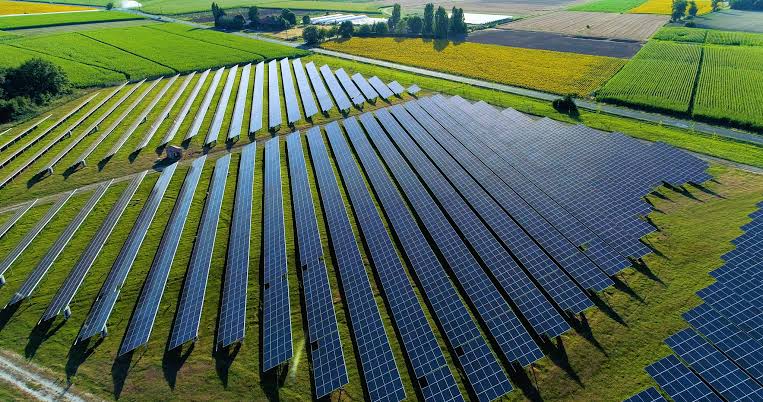
5. Addressing climate change
To combat climate change, we need new ways to generate and use electricity, and nanotechnology is already helping. It has aided in the development of batteries that can store more energy for electric vehicles, as well as solar panels that can convert more sunlight into electricity.
The same trick is used in both applications: nanotexturing or nanomaterials (for example, nanowires or carbon nanotubes) that transform a flat surface into a three-dimensional one with a much larger surface area. This means that there is more room for the reactions that enable energy storage or generation to occur, resulting in more efficient operation of the devices.
In the future, nanotechnology may allow objects to harvest energy from their surroundings. New nano-materials and concepts are being developed that have the potential to produce energy from movement, light, temperature variations, glucose, and other sources with high conversion efficiency.


You must be logged in to post a comment.